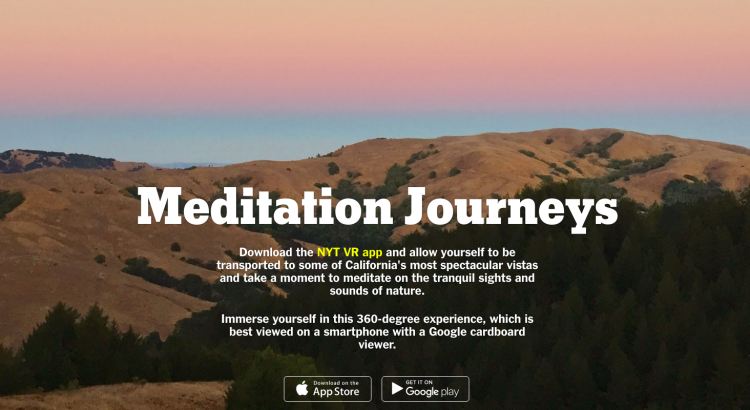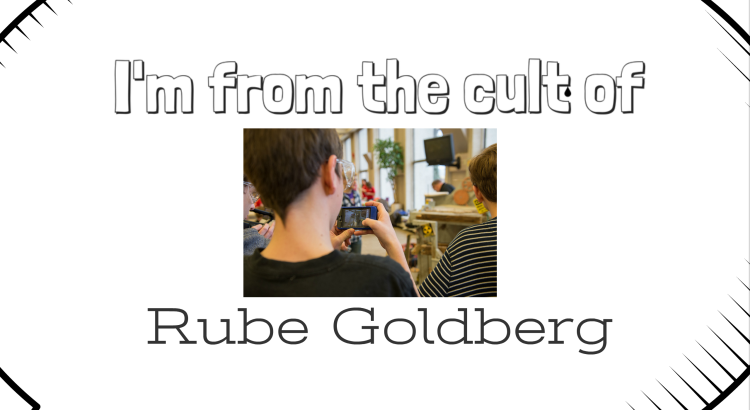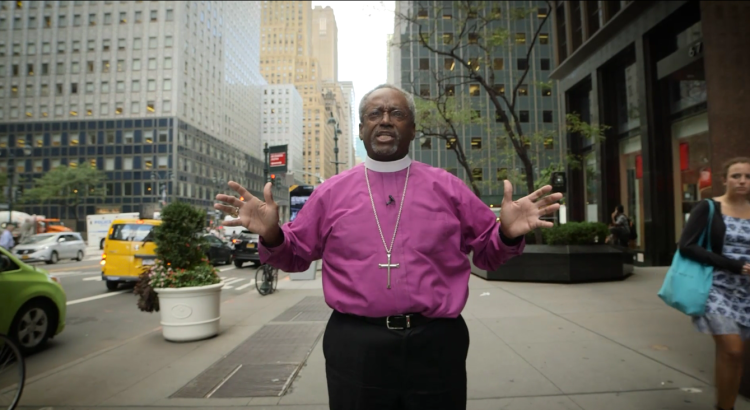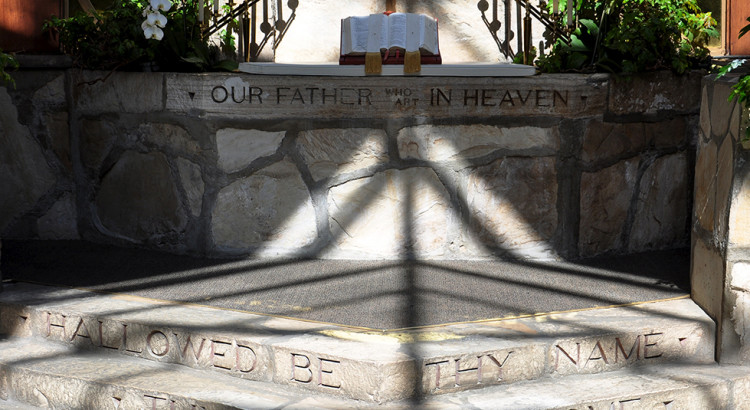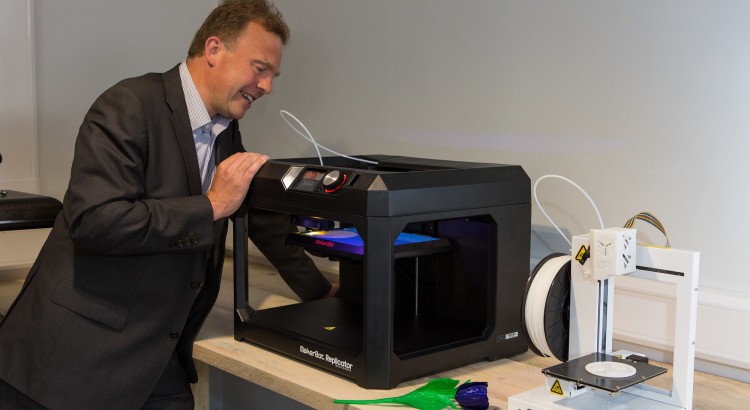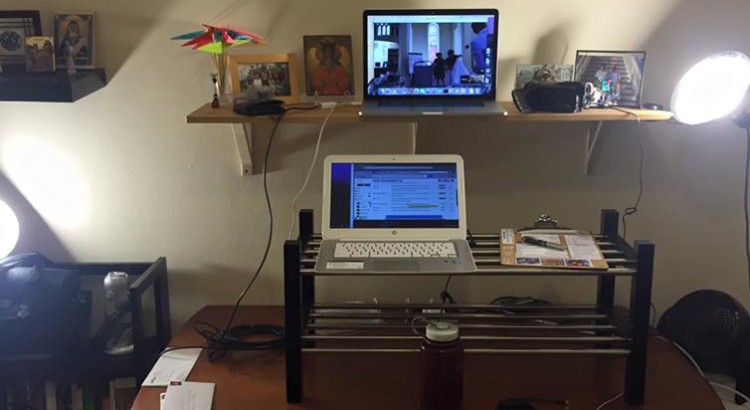Second Sunday after Christmas
Jeremiah 31:7-14; Psalm 84; Ephesians 1:3-6,15-19a; Matthew 2:13-15,19-23
Audio | Text:
Happy second Sunday after Christmas. The prayer book says we are in the season of the Incarnation, but I prefer to think of these days between Christmas and Epiphany as the season of imagination.
I believe our primary job as disciples is to claim the Christian story as our own, to learn to find our strength and our hope in the great saga of God’s loving relationship with the world. If that’s true, then there is no better time to practice than when we gather around the manger and marvel at the Christ child.
You see, I have a hard time imagining myself in the place of, say, Paul, making courageous and unpopular speeches before hostile crowds and rulers. I make a lousy imaginary Peter, afraid to drop everything and follow a teacher who challenges me to let go.
When I read the story of Jonah running away from God, that one immediately resonates. But my imagination has thus far not been dexterous enough to find a proper analogy to being swallowed and regurgitated by a giant fish.
But it’s Christmas time, and let me tell you I have played this role of a shepherd. I’m 32 years old and don’t have children. That means if you call me up and say you want me to come meet your new baby this weekend, even this evening? I am all in.
Even if we’re not that close, even if you send a messenger instead, the answer is “yes, I would love to stop by and meet your baby.” If it’s OK with you, it’s more than OK with me. Gloria in excelsis. Demos gracias a Dios.
I don’t really mean to be flippant here. When I held my godson at his baptism, I understood that he was not the savior of the world. But holding a baby, even just beholding, especially a newborn? I don’t think there’s any surer route to contemplating the mystery and the miracle of God at work in the world, or of the saving power of love.
I don’t know exactly what it would be like to look at a child in a manger and somehow to know he was God’s only begotten son. But I think I can imagine it, and I think this season is special because we’re invited to try.
Of course, as we all know, imagination is also dangerous, biblical imagination perhaps most of all. Not every story is shepherds keeping watch by night, or calling us each by name, or opening wide the gates of the sheepfold.
And in years when we have two Sundays before Epiphany, we’re forced to grapple with this sad fact faster than you can say “We Three Kings.”
As we heard just a minute ago, our story this morning actually fast forwards slightly: “After the wise men had left, an angel of the Lord appeared to Joseph in a dream and said Get up, take the child and his mother, and flee to Egypt, and remain there until I tell you; for Herod is about to search for the child, to destroy him.”
So much for “all is calm, all is bright.” Too quickly, this becomes a story of violence in the streets, of fear and bereavement for too many.
Even our fortunate holy family does not get off easy. We can well imagine the impact of their secretive travel to a strange land. On the long road to Egypt, and in the difficult months that followed, I wonder what Mary and Joseph would have thought about. How they made sense of their plight. How those reflections would have shaped their future identity as a family.
We might imagine Joseph thinking about his namesake, the Joseph of the Book of Genesis, who was first left for dead and then sold into slavery before coming to prominence and power in Egypt.
That Joseph was quick to point out how his whole misadventure-turned-deliverance was intended by God for good. Those parallels could have been some comfort to a young refugee couple doing the best they could for their son.
Turning back to the text, we notice even the family’s return is plagued by uncertainty and displacement. Because of still another unjust leader taking power and best avoided, the family receives another dream, sets off on another journey, and settles not in Judea, as they seem to have planned, but in Galilee.
Luke tells this story differently, of course, and we’ll never know how things really went down for the holy family. But whether or not they spent time as refugees in Egypt, they seem, like many poor people, to have had some kind of itinerant existence, an existence these gospel authors are trying to get us thinking about.
And if we let our imaginations continue to doodle in between the lines of their narratives, it isn’t hard to picture these experiences as fundamental building blocks of Jesus’ later character and teachings.
I wonder, might the story of a family encounter on the dangerous road have served as a kind of experiential first draft for Jesus’s parable of the Good Samaritan?
I wonder, might growing up in a family with a refugee consciousness have opened Jesus to the kinds of socially transgressive exchanges he was always having—with foreigners, with single women, with children?
I wonder, might that same ethos have set Jesus on his own wandering, itinerant path? After all, he could have become a more place-bound guru like John the Baptist, or a refined city slicker like Paul. He seems to have preferred the road.
I wonder if distant memories of hunger on the road might have made Jesus the teacher of crowds all the more insistent on feeding them before their long journeys home.
Here’s what I’m getting at: Might we imagine today that Jesus’ family experience shaped his imagination, his ability to look with love and compassion on those he met? And might we use this occasion for committing ourselves to that same empathetic curiosity and caring?
The year we have just begun will be another year of grappling with how to welcome the stranger, how to offer safe refuge and generous hospitality to those who, like Mary and Joseph, fled terrifying violence and now seek a safe and humane place to raise their children.
We live in New York City, and this is an election year, and the violence in places like Syria, El Salvador, Honduras, and Guatemala shows no signs of stopping. The question isn’t going away just because it resists easy answers.
What I do know is this: the power of imagination is essential to our flourishing together.
We might begin by imagining ourselves in Mary and Joseph’s shoes, or what passed for shoes in their time. With God’s help, we might continue by imagining ourselves in an overloaded ship on dangerous waters, or what will pass for a ship when the reality at home becomes sufficiently terrifying.
With God’s help, we might learn about the work of those already serving refugees here and abroad, like Episcopal Migration Ministries and the UN Refugee Agency. We might explore where we fit into this important work.
Most audaciously of all, we might imagine that a tiny baby in Bethlehem two thousand years ago has the power to inspire us to loving actions large and small, including actions that make life a little more bearable for families like his.
Image credit: Syrian Refugees in Vienna by Josh Zakary via Flickr (CC BY-NC 2.0).
